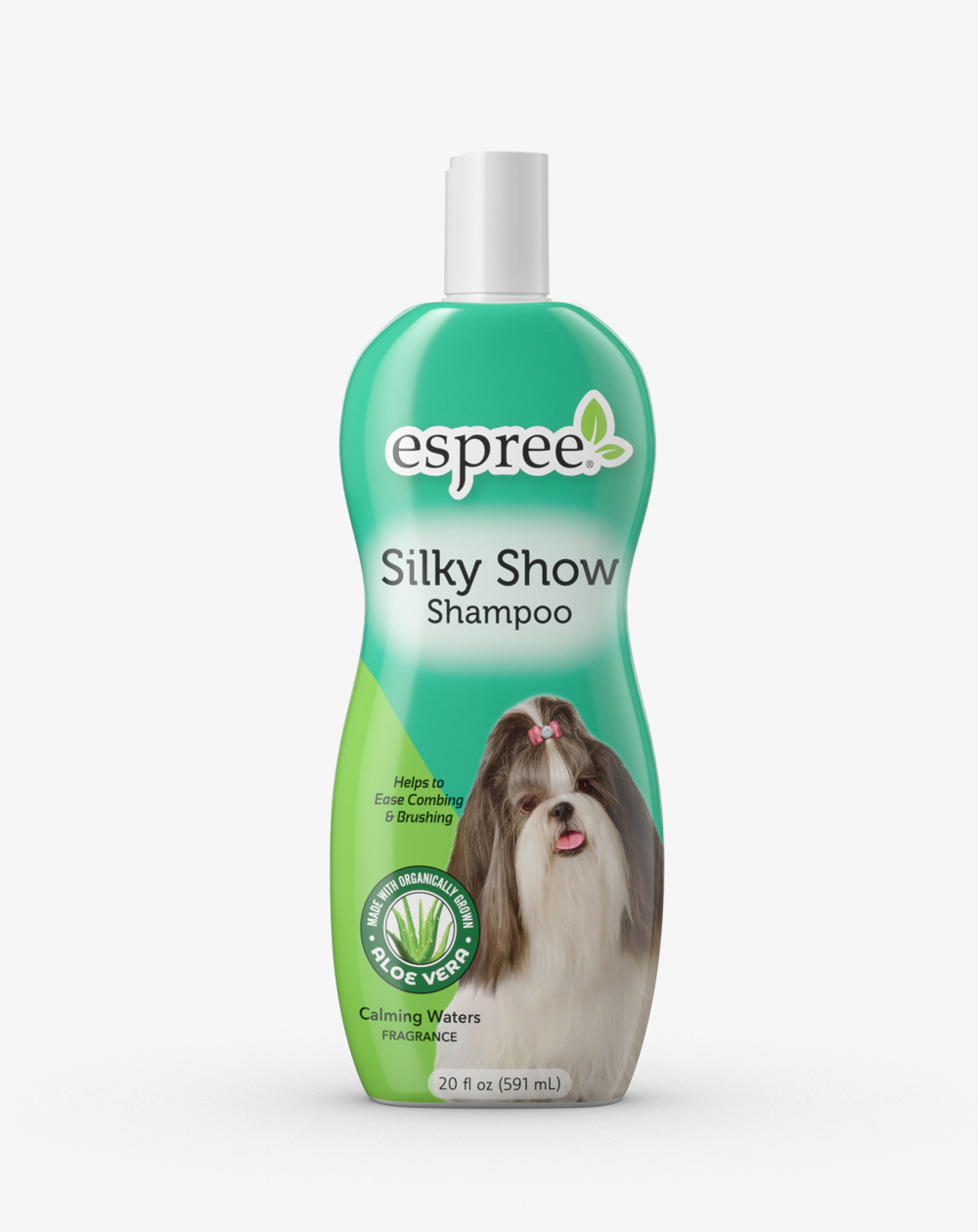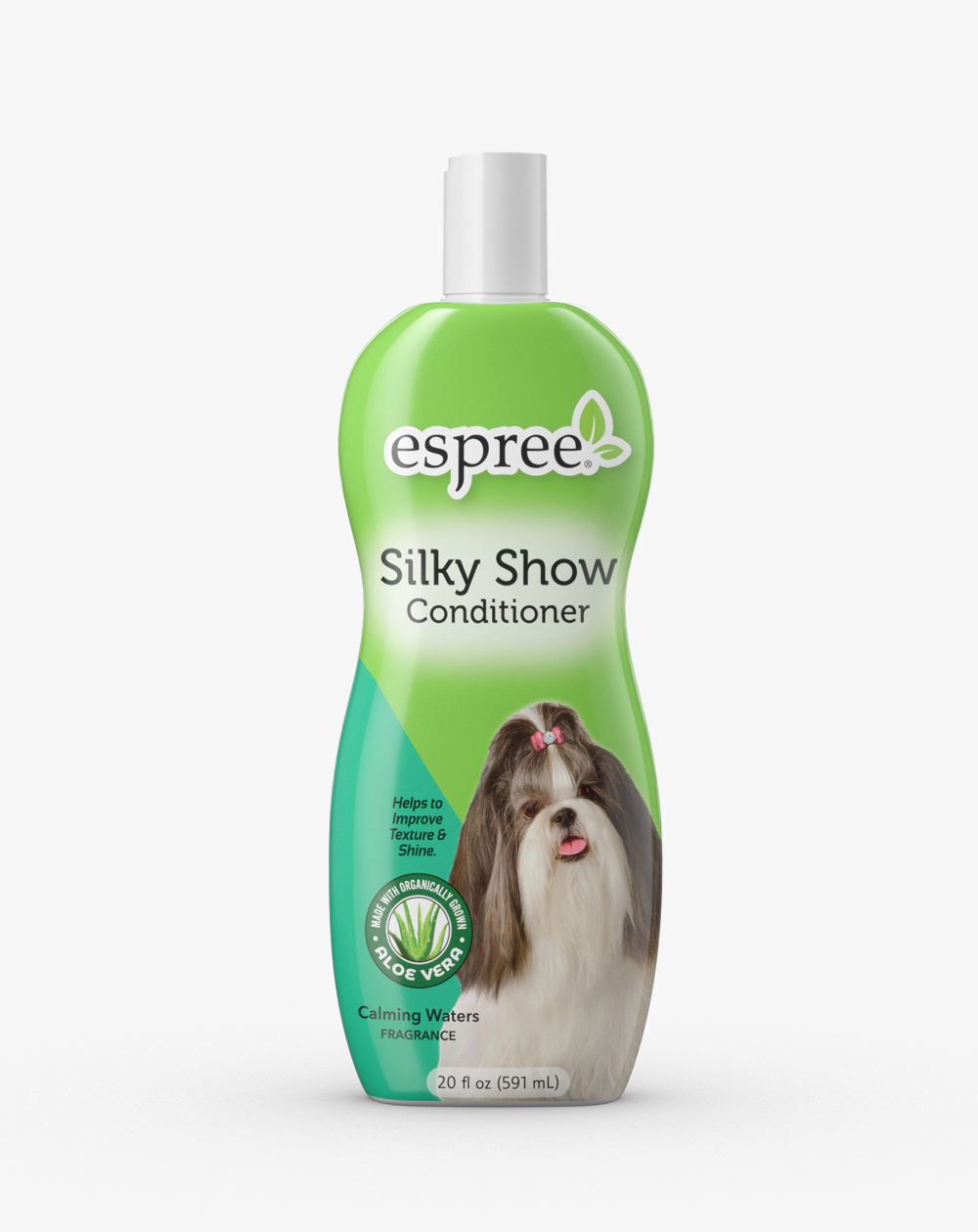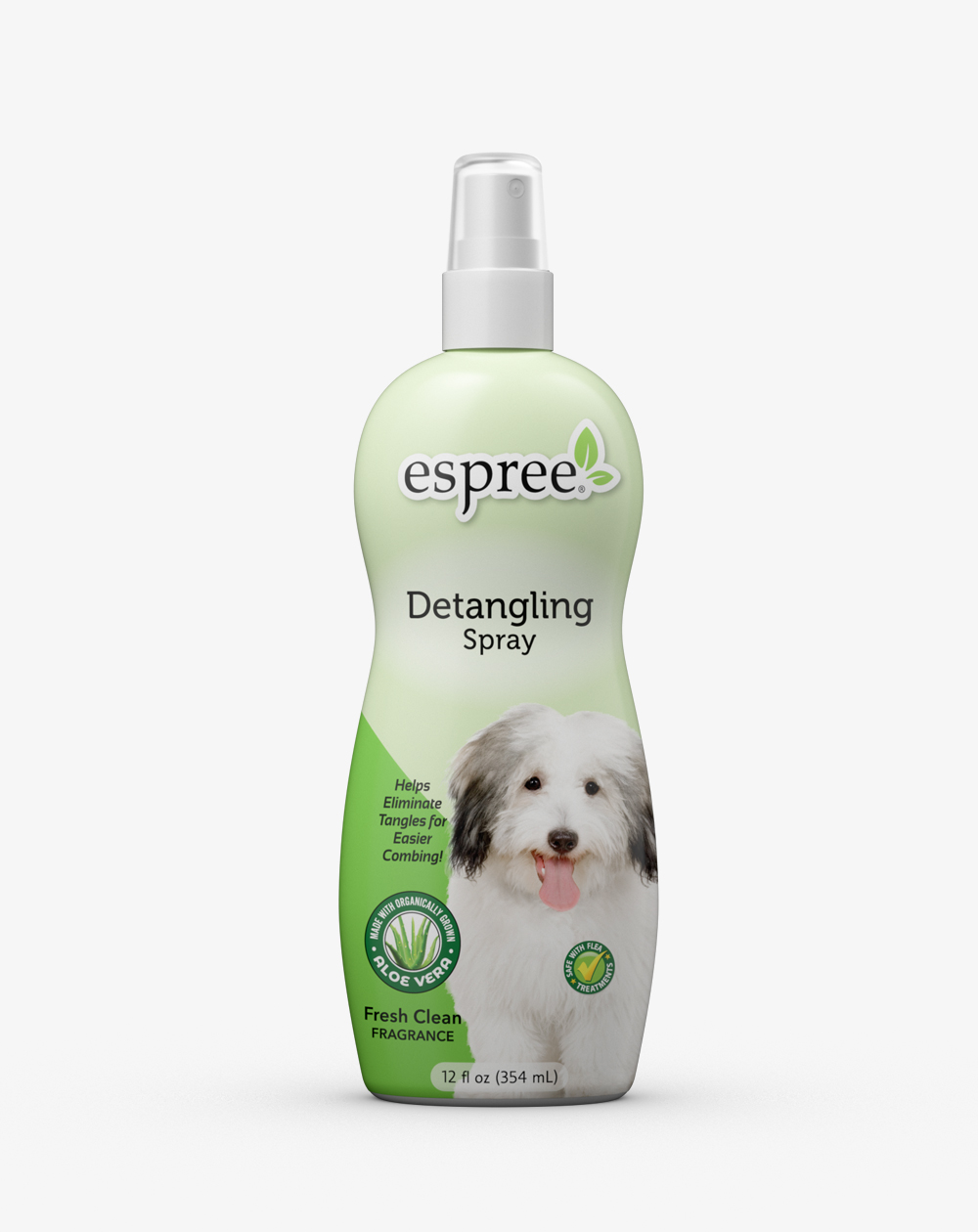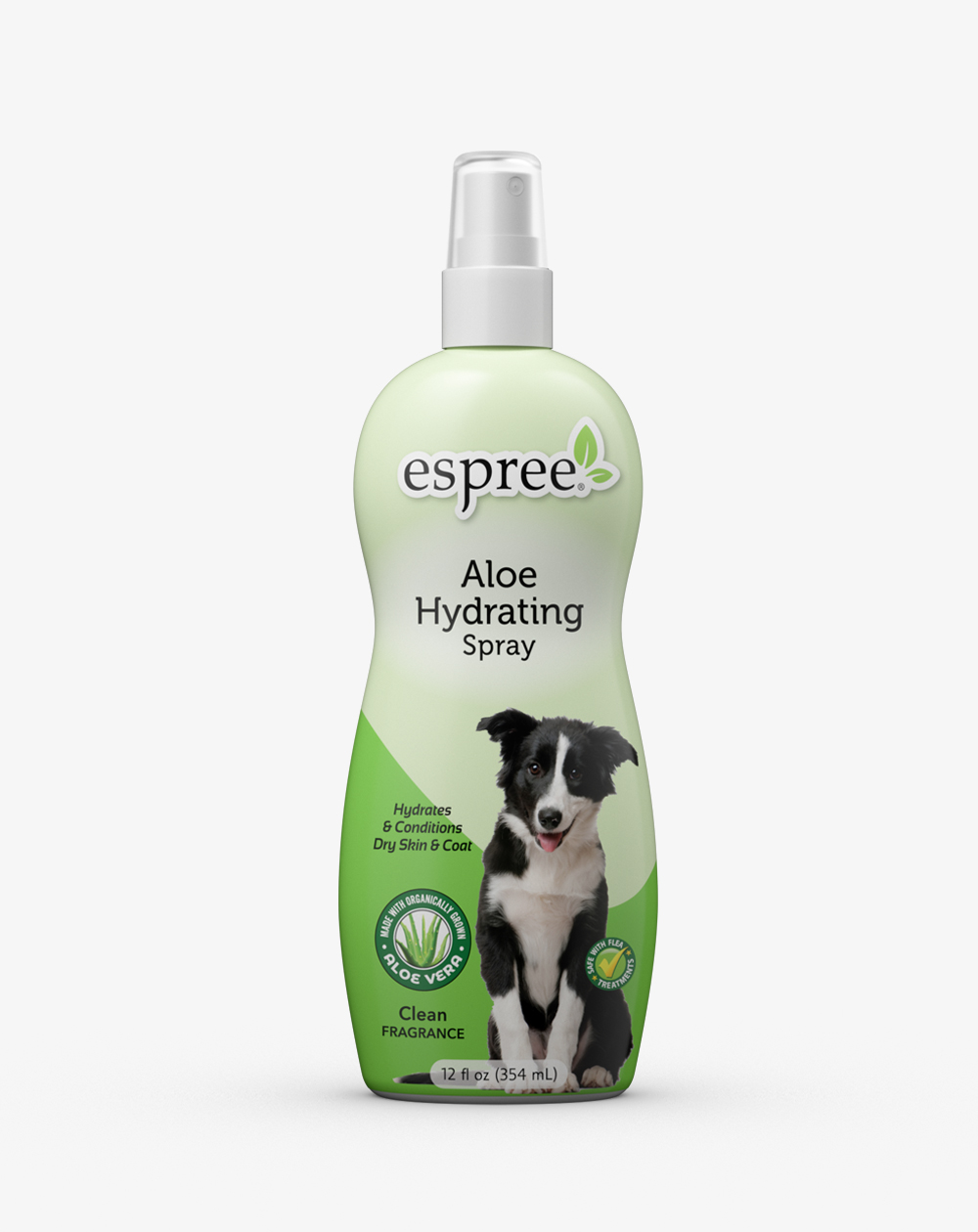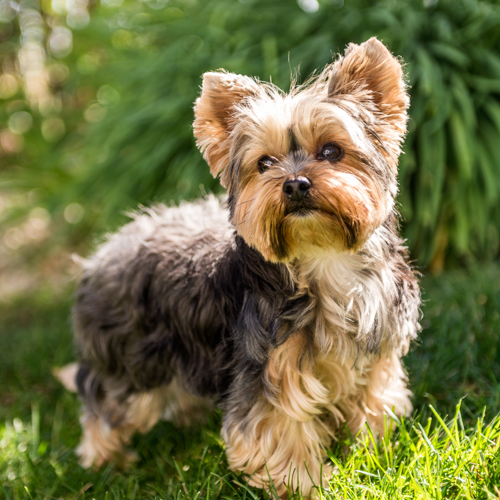
Yorkshire Terrier
Yorkshire Terriers, affectionately known as "Yorkies," offer big personalities in a small package. Though members of the Toy Group, they are terriers by nature and are brave, determined, investigative and energetic. They have long, luxurious blue and gold coats. This portable pooch is one of the most popular breeds according the AKC® Registration Statistics.
Breed Profile
Yorkies are easily adaptable to all surroundings, travel well and make suitable pets for many homes. Due to their small size, they require limited exercise, but need daily interaction with their people. Their long coat requires regular brushing.
Grooming
The Yorkshire Terrier does require regular brushing and bathing. Their coat is a single layer with no undercoat giving it the luxurious silk texture that Yorkies are well known for. A proper coat has a deep shine and reflects light in the sunshine. This single layer coat closely resembles a human hair strand. Cleanliness is very important as dirty hair does not grow. In order to keep the coat and skin in good health, Yorkies should be bathed and brushed out weekly. Even if the Yorkshire Terrier does not have the correct silk texture, choosing the right products and using them correctly can give the illusion of the silky coat texture.
It takes a lot of tenacity and finesse to bathe a Yorkshire Terrier while minimizing further tangling. After the coat is wet, apply the shampoo by squeezing it through the coat in a downward motion. In order to get the coat squeaky clean, continue to move the shampoo down the coat. Thoroughly shampooing the coat will contribute to building a healthy, strong, and manageable coat. The same technique is used when conditioning the coat. It is important to condition the Yorkshire Terrier’s coat in order to nourish and hydrate each individual strand of hair. Make sure you thoroughly rinse the coat. It is a good idea to slightly cool the water temperature down for the final rinse to ensure the coat is completely free of any product. Once the bath is finished, blot the coat with a towel and squeeze excessive water from the ears, legs, and any longer furnishings. Always use a downward motion to remove the excess rather than a circular motion in order to keep the coat from further tangling.
If your Yorkshire Terrier has a long coat, it is best to line dry the dog using a fluff or stand dryer. Systematically line dry the entire coat right down to the skin. Make sure the dog is completely dry in the area you are working on before you move onto the next section. Once the Yorkie is completely dry, make sure the coat is tangle free. Double check your brush out by using a metal comb. It should glide freely through the coat all the way down to the skin.
Finishing the Dog: Tools and Finish Grooming
The coat should be free of mats and tangles. The coat on this self- confident little dog should be light and airy, while hanging straight and moving freely with the dog. Lightly neaten the entire outline of the dog, removing any stray hairs that interrupt the natural flow of the dog. Make sure not to over trim. Finish with a light mist of hydrating spray. The ears should be trimmed 1/3 of the way down the ear. The Yorkshire Terrier wears a top not that is gathered into a single ponytail. Make sure you part from the outside corner of the eye on each side and meeting in the center forming a triangle. The majority of gold hair minus the ear fringe is tied up in the topknot. Hair spray is used to hold the top knot in place.
If you are unable to keep up with the long, silk coat with weekly bathing and brushing, by all means choose to have your Yorkshire Terrier groomed into a shorter trim. A puppy or modern trim still needs routine maintenance with bath and brush outs every 2 to 3 weeks.
General Health Care
Prep work is the foundation of all grooming. Prep work includes ear cleaning, nail trimming, trimming the pads, anal glands, and proper dental hygiene. Master these skills sets the professional pet stylist apart from the rest. Prep work should be done before every bathing and grooming appointment. All dogs need to have their ears checked and cleaned on a regular basis. Some need to have the hair plucked from the ear canal. This allows the ear to have proper air circulation. It is not necessary to remove all of the hair in the ear, as some serves as a barrier to foreign debris. It is imperative that you are properly trained to pull ear hair before attempting this endeavor. Proper nail care is also very important. Long, unsightly nails are uncomfortable for the dog, as well as anyone they might jump on. Long nails also compromise the shape of the foot. Trimming the pads of the foot helps give the dog good traction on different surfaces and can minimize the amount of dirt the dog tracks into the house. It also affords the opportunity to treat and condition the paws from cracks and abrasions. Anal glands should also be checked and expressed if they are full. Some caring pet owners prefer to have the anal glands done by their veterinarian. Good dental hygiene is essential for a healthy pet as well.
Nutritional Care
In order to maintain healthy skin and coat as well as overall health, it is important to provide good nutrition to your dog through a well-balanced diet, vitamins, and healthy treats.
Do they require a lot of grooming?
Yorkshire Terrier’s do require routine grooming. As a young dog, it is imperative that you get the dog used to regular grooming. A full brush out 2 to 3 times a week is best with baths every 1 to 2 weeks. Never brush a dry coat, always lightly mist with a hydrating spray. If the Yorkshire Terrier is kept in a shorter trim, weekly brush outs are still preferred. Routine baths ranging between 1 to 4 weeks is desirable. This is a breed that requires their caring owner to stay on top of routine maintenance.
What is a common problem in the Yorkshire Terrier?
One of the most common problems with the Yorkshire Terrier is hypoglycemia. It is more common in puppies and smaller Yorkies. An adult Yorkie may develop hypoglycemia, although it is much rarer. Hypoglycemia is a fast drop in blood sugar levels. Just about every element of a puppy’s body depends on the proper balance of sugar in the bloodstream. When Hypoglycemia develops, there is only a small window of time to treat the puppy. Several factors can bring this on such as stress, lack of nutrients, and puppies who are born much smaller than average. Some symptoms include drowsiness, shaking, fainting, confused behavior, seizures, weakness, depression, muscle weakness and tremors, and a drop in body temperature. If any of these symptoms appear, your Yorkie could be in imminent danger within minutes. All small puppies should be watched very closely. If symptoms appear, immediate medical attention is required. It is a good idea to talk with your veterinarian about ways to prevent hypoglycemia when you take your puppy for a wellness check-up after purchasing your puppy.
Does the Yorkshire Terrier shed or cause allergies?
Yorkshire Terriers do not shed. Frequent baths and brush outs also help control dander. Because of this, the Yorkshire Terrier tends to cause less severe reactions in people who suffer from allergies to dogs. However, before bringing a Yorkshire Terrier into your home if you have allergies, you should spend some time around the breed to make sure you do not have a reaction.
Are Yorkshire Terriers good with children?
A Yorkshire Terrier is typically not the best dog for people who have small children. They tend to become stressed with the activity level of small children. Yorkies thrive in an environment where the children are more mature or live primarily with adults.
What if I have a show dog?
Whether you have a show dog or a companion quality dog, the same basic care is given regarding nutrition, socialization, and hygiene. A major difference is the method of grooming that is required and the conditioning for the show ring. The Yorkie’s coat is typically wrapped or banded when in show coat to protect the coat in between show days. It is quite helpful if your breeder can help mentor you to lead you in the right direction upon entering the show ring. A great place to start is with the national breed club like the Yorkshire terrier Club of America, www.theyorkshireterrierclubofamerica.org.

